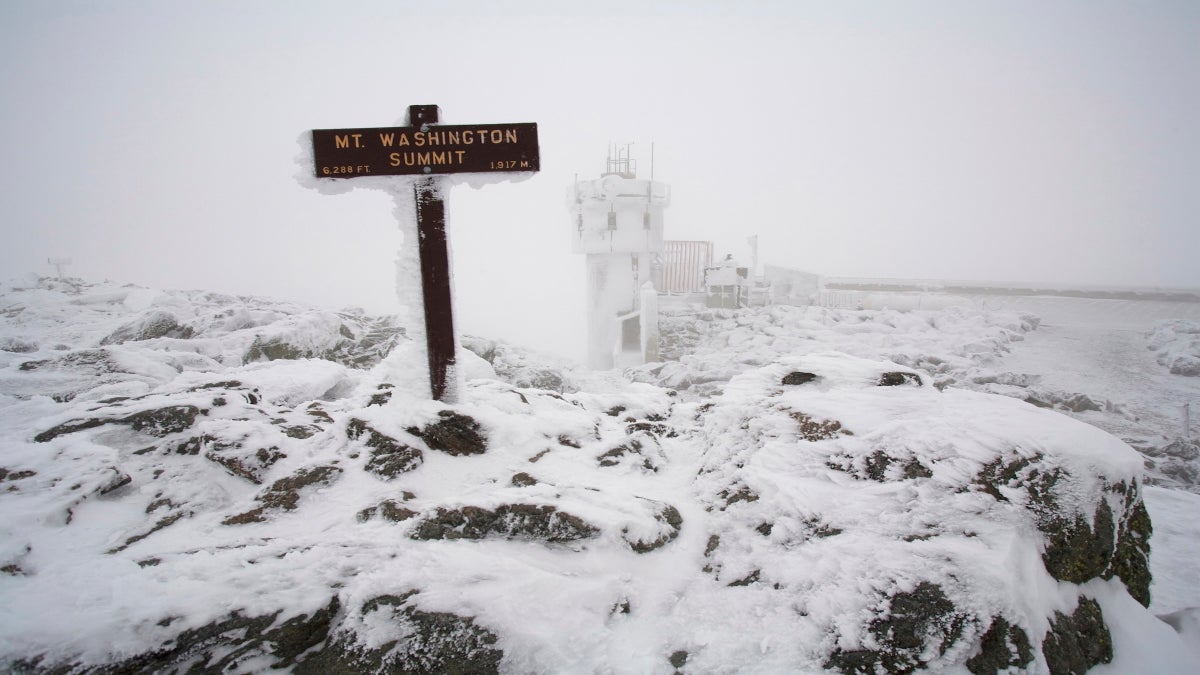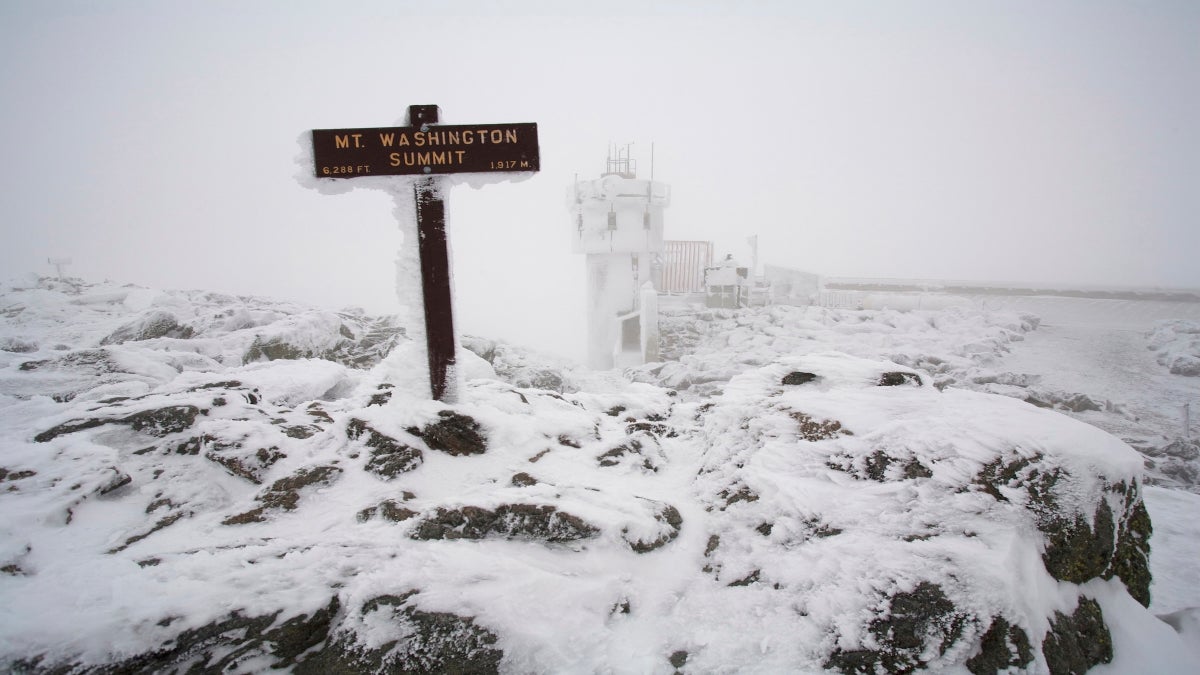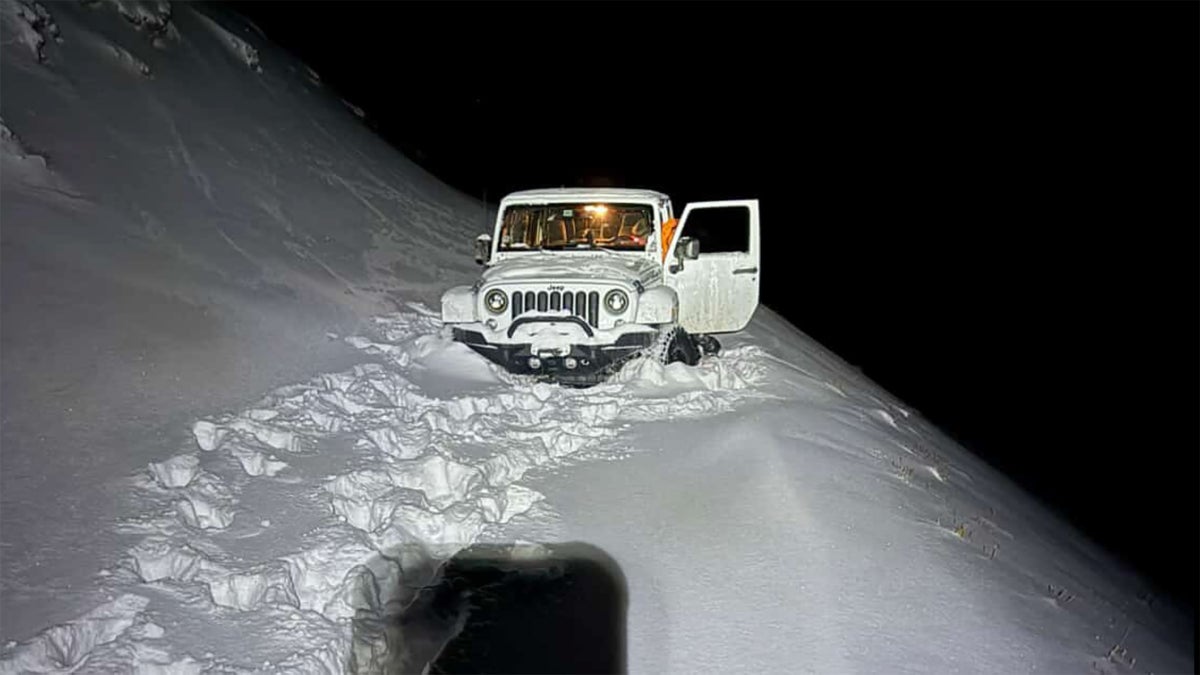
More than 20 hikers needed to be rescued from the flanks of Mount Washington in New Hampshire after wintry conditions swept across the famed peak on Saturday, October 25.
Officials told local media that many of the hikers were not prepared for the “full winter conditions” that they encountered. The hikers, whose names have not been released, were taken to lower elevations aboard the Mount Washington Cog Railway, a rack-and-pinion railway that runs along the mountain and offers tours.
Rescuers say the hikers’ lack of preparedness serves as an important reminder of the dangers and unpredictability that can arise in the backcountry.
“Many [of the hikers] were hypothermic and without gear, even near suitable for the conditions. Most had no idea that summit services would be unavailable and that the state park was closed for the season. A few indicated it was their first hike ever,” wrote Andy Vilaine, railway assistant general manager, on Facebook. Vilaine is also a conductor and was part of the Mount Washington rescue.
Mount Washington sits at an elevation of 6,288 feet, and because the surrounding region is very low-lying, it is one of the most topographically prominent summits in the country. This, along with a range of climatic and geographic factors, means that temperatures and winds on the peak are frequently extreme, and weather conditions can change rapidly. For nearly a century, Mount Washington’s summit held the world record for the strongest wind ever recorded at 231 miles per hour.
“Summits at or certainly above 4,000 feet have full winter conditions. This should come as a surprise to no one,” Vilaine said.
The Mount Washington Cog Railway typically runs year-round, but after mid-October, the peak’s summit facilities, which are part of Mount Washington State Park, are shuttered. From this point until mid-May, the railway carries visitors to a lower point, Waumbek Station at 4,000 feet, instead of continuing to the summit. According to the railway’s dedicated winter information page, “by the last week of October, sub-arctic conditions make the summit inhospitable to casual visitors.”
“Multiple people have arrived at the summit the last few days very unprepared for winter and required assistance. Be ‘wildly Responsible’ and please do some research on current higher summits weather and bring everything needed to hike in winter conditions or just hike another day,” writes the New Hampshire State Park on Facebook.
Even in the summer months, Mount Washington sees extreme weather. In June, Outside reported that a hypothermic woman was rescued from the summit, also by the Cog Railway. At the time of the rescue, the summit was recording winds upwards of 120 miles per hour and temperatures of 20 degrees Fahrenheit. More than 150 hikers have died on Mount Summit since record-keeping began in 1849.
New Hampshire Fish and Game (NHFG) officials have begun levying fines on rescued hikers deemed to have entered the wilderness unprepared. Rescuers responded on October 19 to a hiker near the summit of Little Haystack, which is 4,760 feet high, who did not bring water, food, or a headlamp. The hiker will be charged for the rescue costs, according to the publication, Northeast Explorer. Another hiker who became lost in the same area in May failed to bring a map or other navigation device, and later “admitted to rescuers that he was unprepared for the hike and failed to do proper research. They, too, will likely face similar charges.
Just one day after the mass rescue on Mount Washington, another hiker was saved on the peak, according to WACX News in New Hampshire. The individual called for help at 7:00 P.M. from just below the summit, telling rescuers that “his phone and headlamp were dying and that he was unprepared for the low visibility, single-digit windchills, and snow he encountered above treeline.”
The New Hampshire fines stem from a piece of legislation called RSA 206:26-bb, which states that “any person determined by the department to have acted negligently in requiring a search and rescue response by the department shall be liable to the department for the reasonable cost of the department’s expenses for such search and rescue response.”
There are ways to avoid these penalties, however. New Hampshire is one of several states that sells annual rescue cards, which hikers can purchase for $25 per person and $35 per family. According to the NHFG, “people who obtain the cards are not liable to repay rescue costs if they need to be rescued,” but “an individual may still be liable for response expenses if the actions that created the need for the emergency response meet criteria set forth by legislation.” Rescued parties deemed negligent are also exempt from charges if they possess a hunting or fishing license or an off-highway recreational vehicle, snowmobile, or vessel registration.
“Please don’t become a statistic and do your research before venturing out,” Vilaine said. “Hike Mount Washington like it is any one of the other 48 peaks,” wrote Vilaine, referring to New Hampshire’s 48 peaks over 4,000 feet. “Do not assume services or a ride down. The summit is halfway.”
The post A Snowstorm Blew Over Mount Washington. More than 20 Hikers Were Trapped. appeared first on Outside Online.














